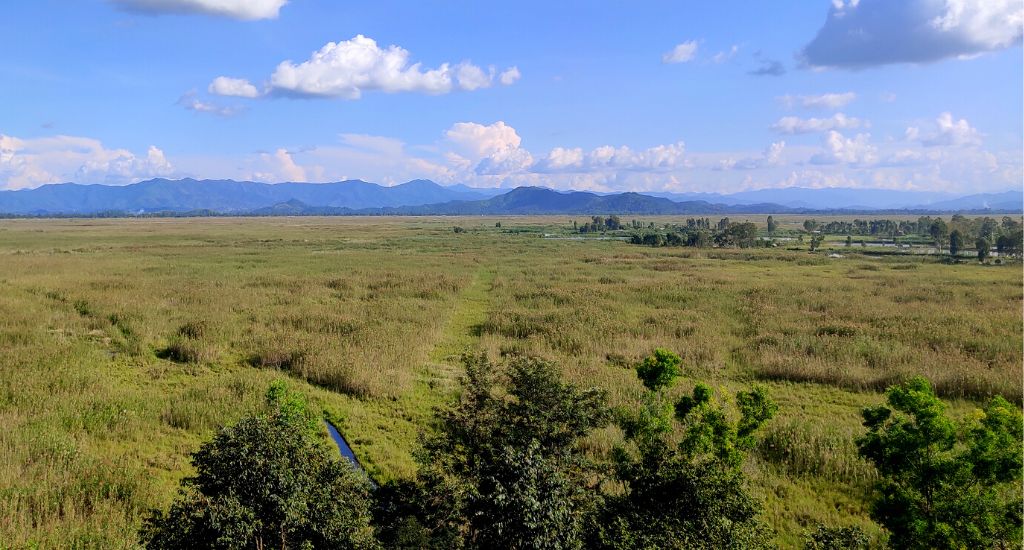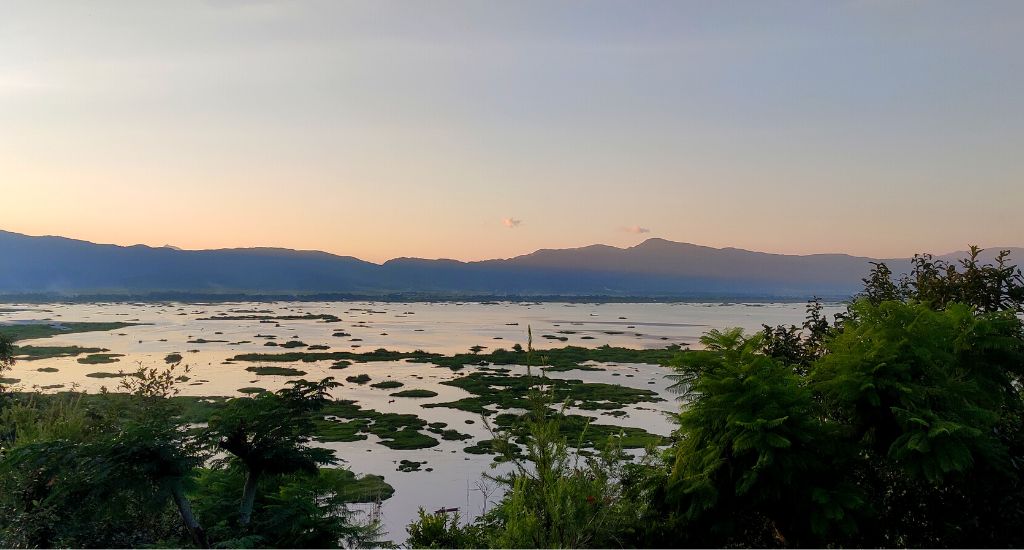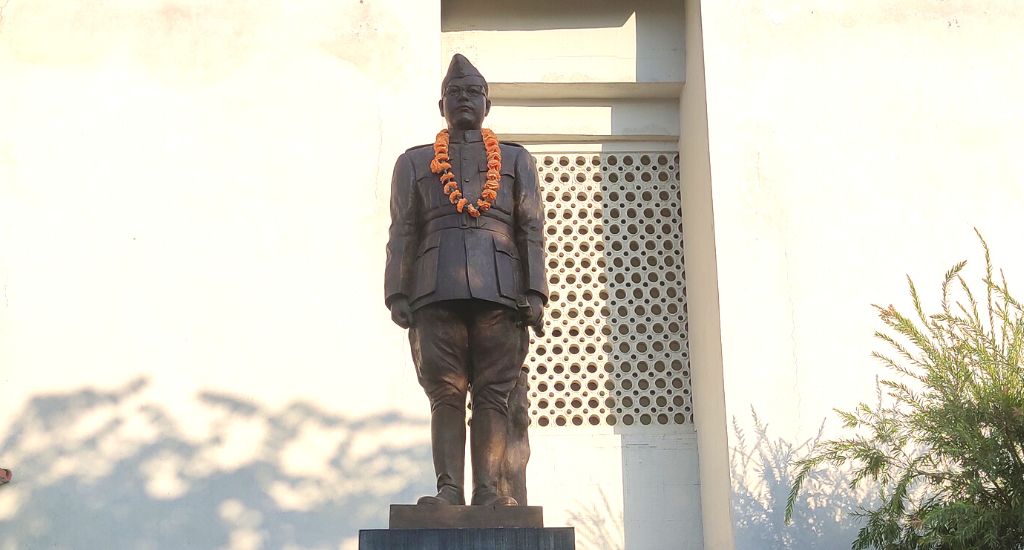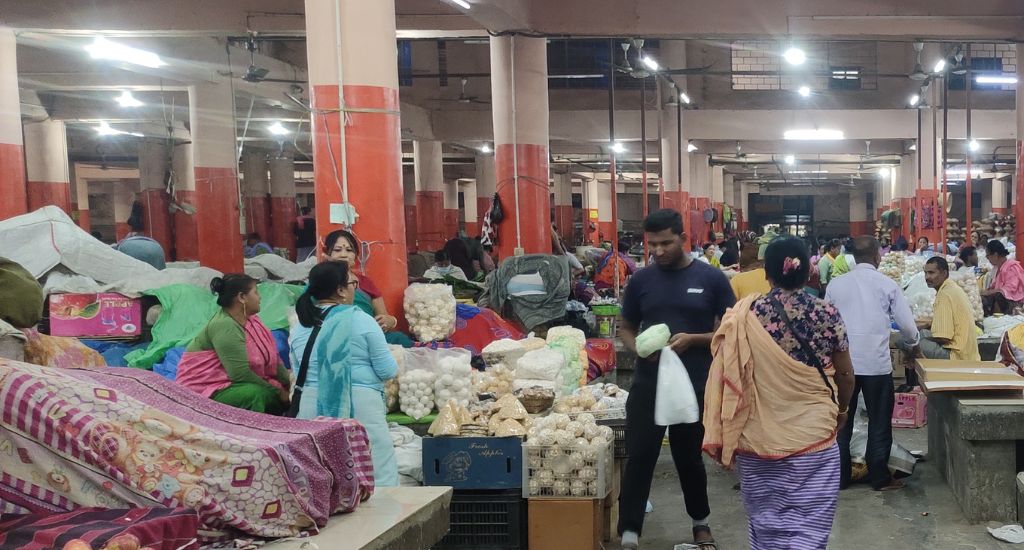
Discover the hidden gems of Manipur
The northeastern state is known for its natural beauty with many places that should not be missed.

The northeastern state is known for its natural beauty with many places that should not be missed.
If you are looking for one reason to travel to Manipur on a holiday, the “Land of Jewels” will give you many.
The green, salubrious mountains of the Barail range, gurgling streams and rivers, a lush valley – the hidden gems unfurl themselves in unexpected ways, bit by bit, if you give them time.
And of course there are the people and their rich culture to discover too.
For instance, the soothing, swaying movements of the Raas-Leela, one of the eight major Indian classical dance forms, will calm your nerves after an adrenaline-pumping local polo game of Sagol Kangjei, a sport that originated in Manipur around 3100 BCE.
This northeastern state has been an off-the-beaten-track stretch on the tourism map, but has become a go-to place in recent years.
The key to discovering its sometimes hidden delights: slow down. Soak in the view.
Loktak is the largest freshwater lake in south Asia, swaddling 287 square km. It is close to Moirang town of Bishnupur district, around 31km from capital city Imphal. Loktak is a portmanteau word – Lok means stream in the local Meitei language and Tak means the end. At the end of a stream.

It is no ordinary lake either.
It is dotted with floating islands called Phumdis, which are actually a mass of heterogeneous vegetation, decomposing organic matter, and soil. Thousands of visitors from the country and abroad visit the lake to marvel at the sunrise and sunset when the slanting rays glimmer in the water like bejewelled carpet.
The best way to reach the lake is by air. The nearest airport is Bir Tikendrajit International Airport in Imphal. There is no direct train connectivity to Imphal and the nearest railway station is in Dimapur, Nagaland, around 150 km from Imphal.
And now is the best time to visit.
“Winter is the best time, right from October to March. The floating homestays on the Phumdis have been dismantled by the government due to environmental concerns. But the tourists can stay at a lakeside resort, or check into hotels in Imphal and make a day trip. They can enjoy local cuisines in the restaurants abutting the lake,” said Ningthoujan Giten, a guard at Loktak.
The sleepy Moirang town, about 2 km from Loktak, claims its share in the storied history of India’s freedom struggle. It is here Netaji Subhas Chandra Bose’s Indian National Army (INA) defeated the British to establish the first provincial government and unfurl the Tricolour on April 14, 1944.

A century-old raggedy tin-roofed building may escape attention now, but it was the INA HQ.
A grand structure has been built alongside and a museum is nearby too.
“The museum has most of the items used by Netaji and the INA members. It has a travel document of Netaji who rode a submarine for over three months to reach Singapore from Germany,” said ND Singh, the museum’s gallery attendant.
A trip to Moirang is not complete without checking Keibul Lamjao National Park, 9.3 km from Loktak.
It is the home to the endangered brow-antlered deer, the sangai.

“Overhunting led to its extinction in 1951. But the species was rediscovered by environmentalist and photographer EP Gee in 1953. It was then declared a reserve park to conserve the animal,” said a park staff.
“There has been no latest census yet to figure out the exact number of sangai in the wild. But it was around 260 in 2016. Besides, the park also has 500 hog deer and 600 wild boars. We used to get over 200 tourists every day, but the numbers have declined after Covid.”
Set against green mountains, the best place to spot a sangai is from an elevated concrete balcony in the midst of a forest. No vehicles are allowed or provided. Hiking about 1.4 km is the lone option. Sturdy shoes are a must.
Your Manipur bucket list must include Ima Keithel—the “mother’s market” or the mother of all markets run exclusively by over 3,000 women. It is 500 years old and Asia’s largest all-women market.

It’s a labyrinthine bazaar where vendors sit cheek by jowl, selling anything and everything under the sun that a family needs. Located in the heart of Imphal city, it remains open six days a week, except for Sundays.
The lead image at the top shows the beautiful view of the Keibul Lamjao National Park (Photo by Gurvinder Singh)
Gurvinder Singh is a journalist based in Kolkata.